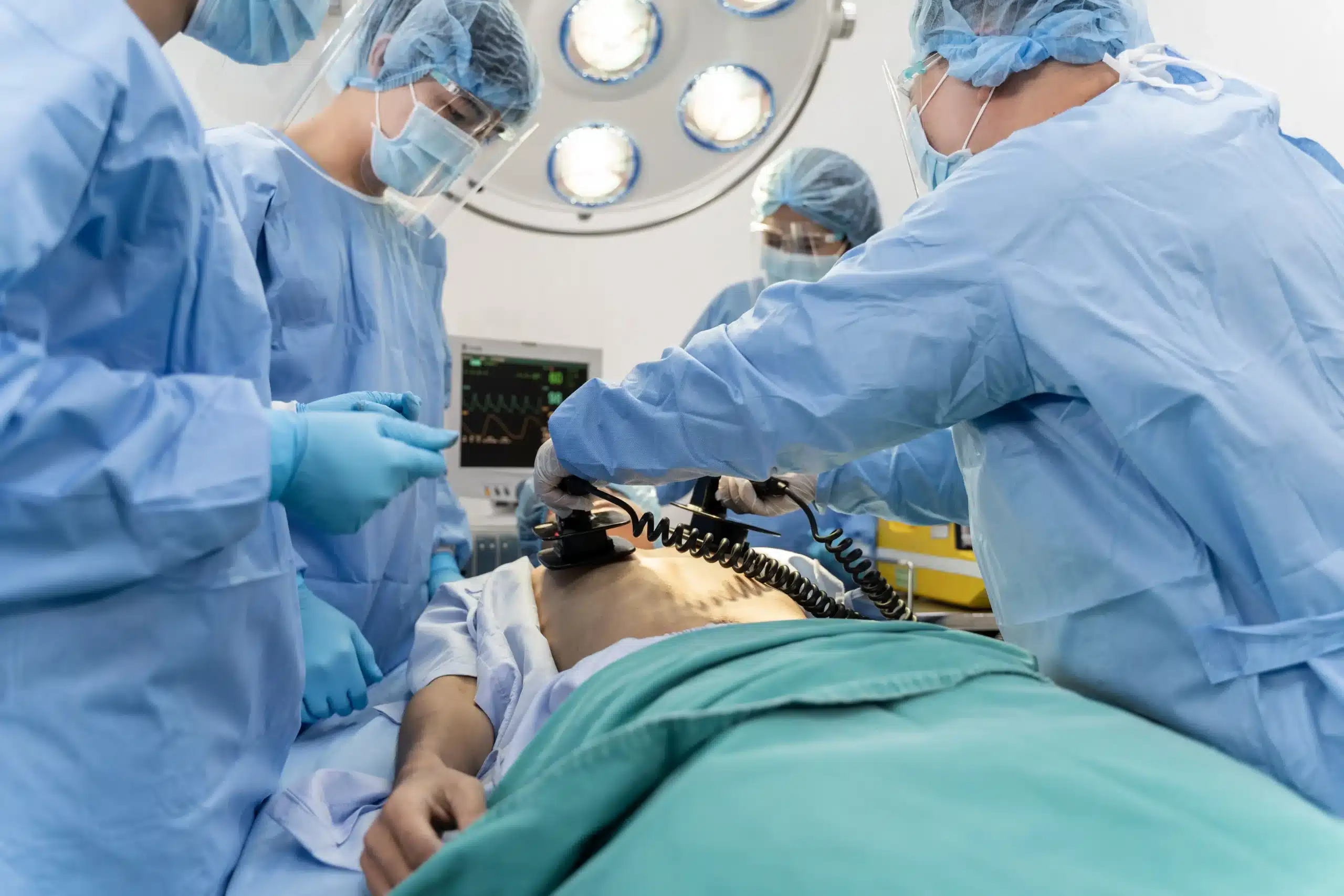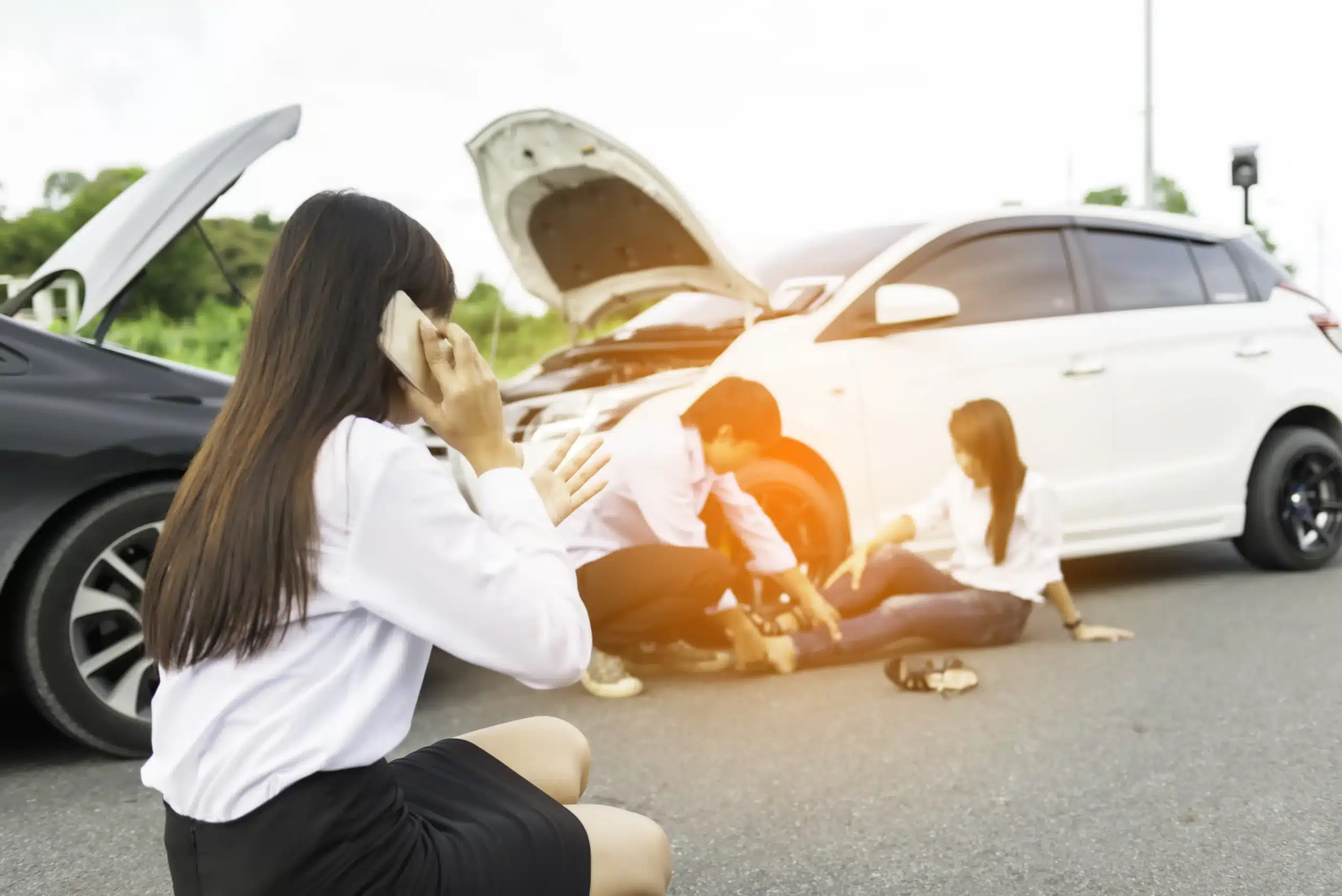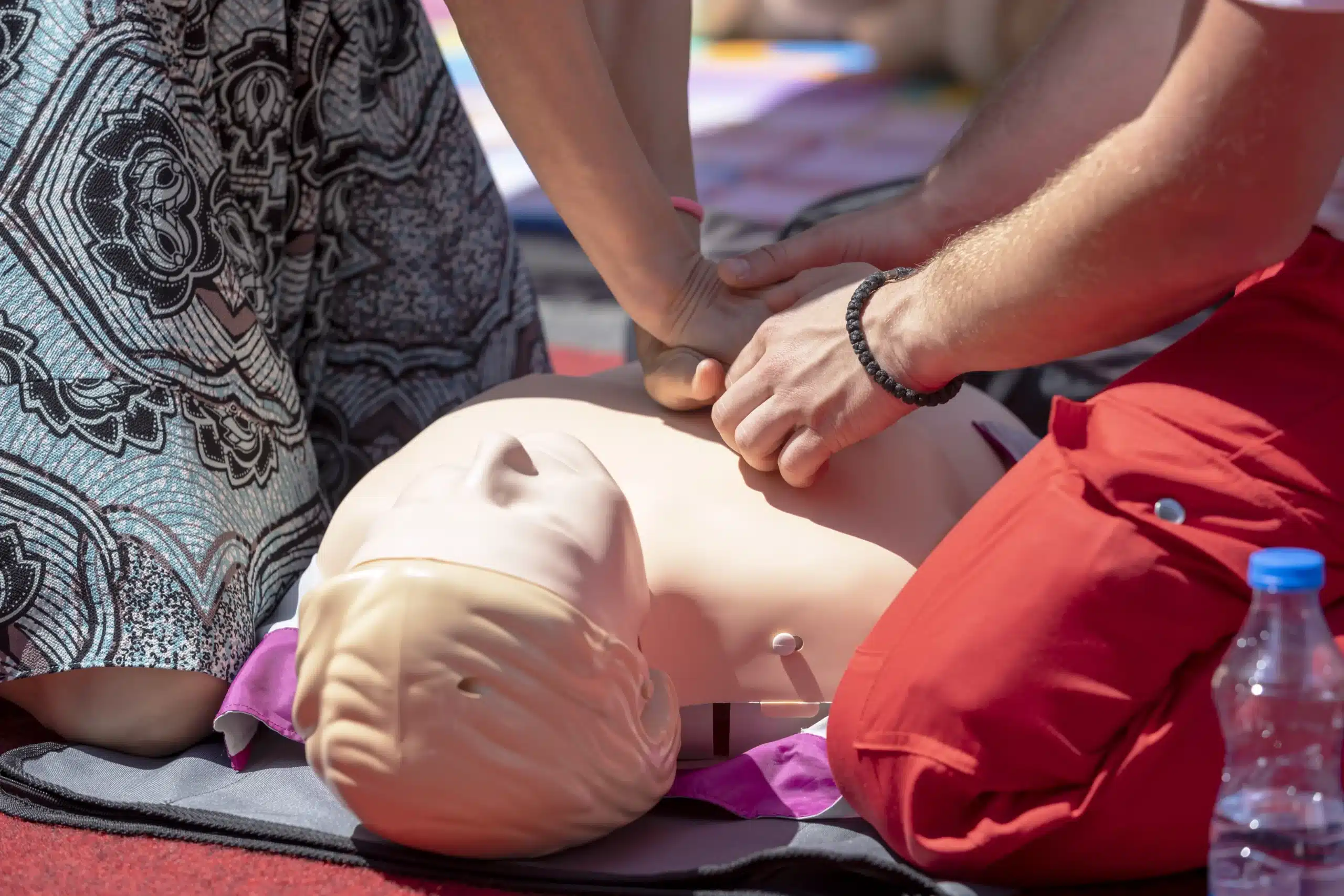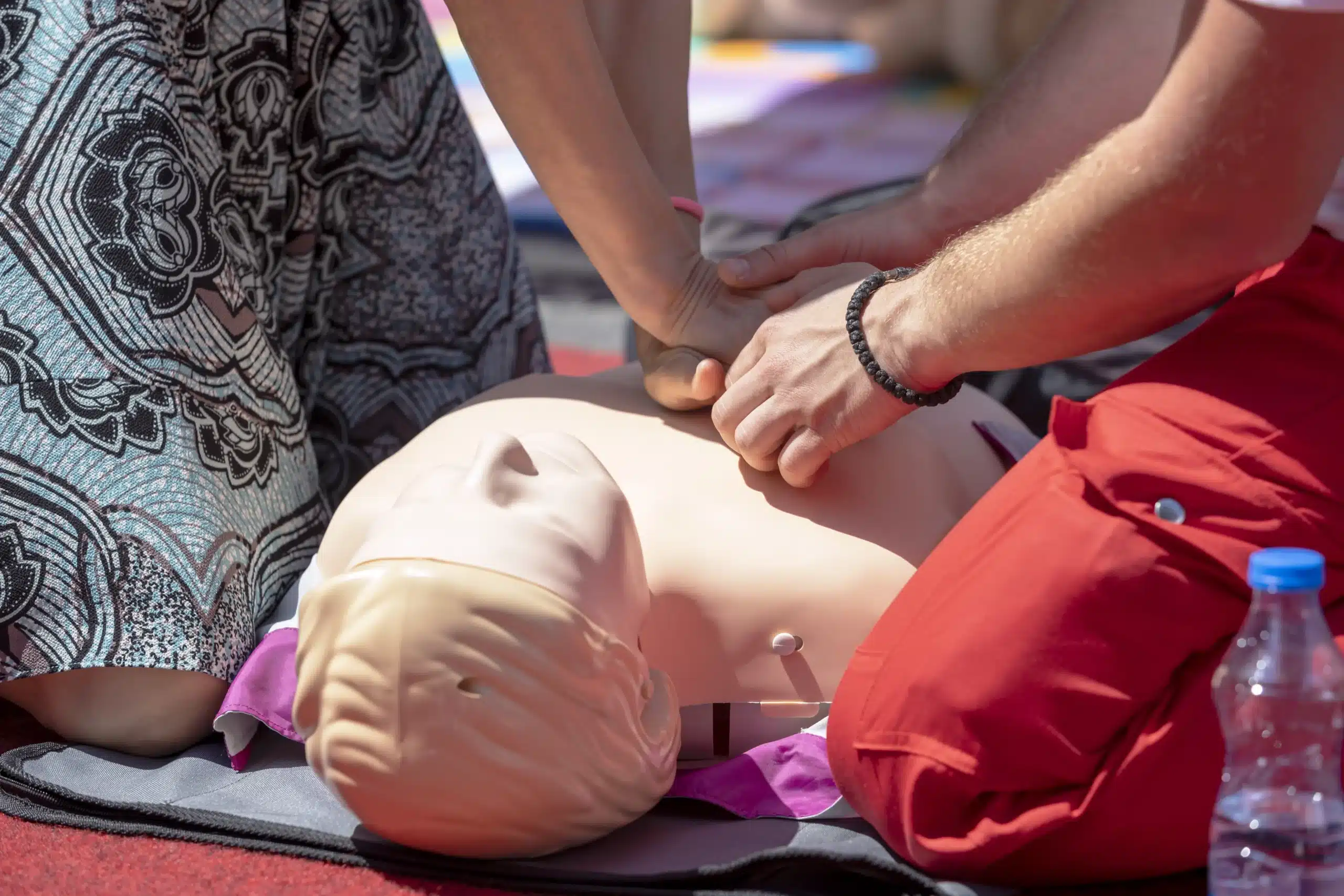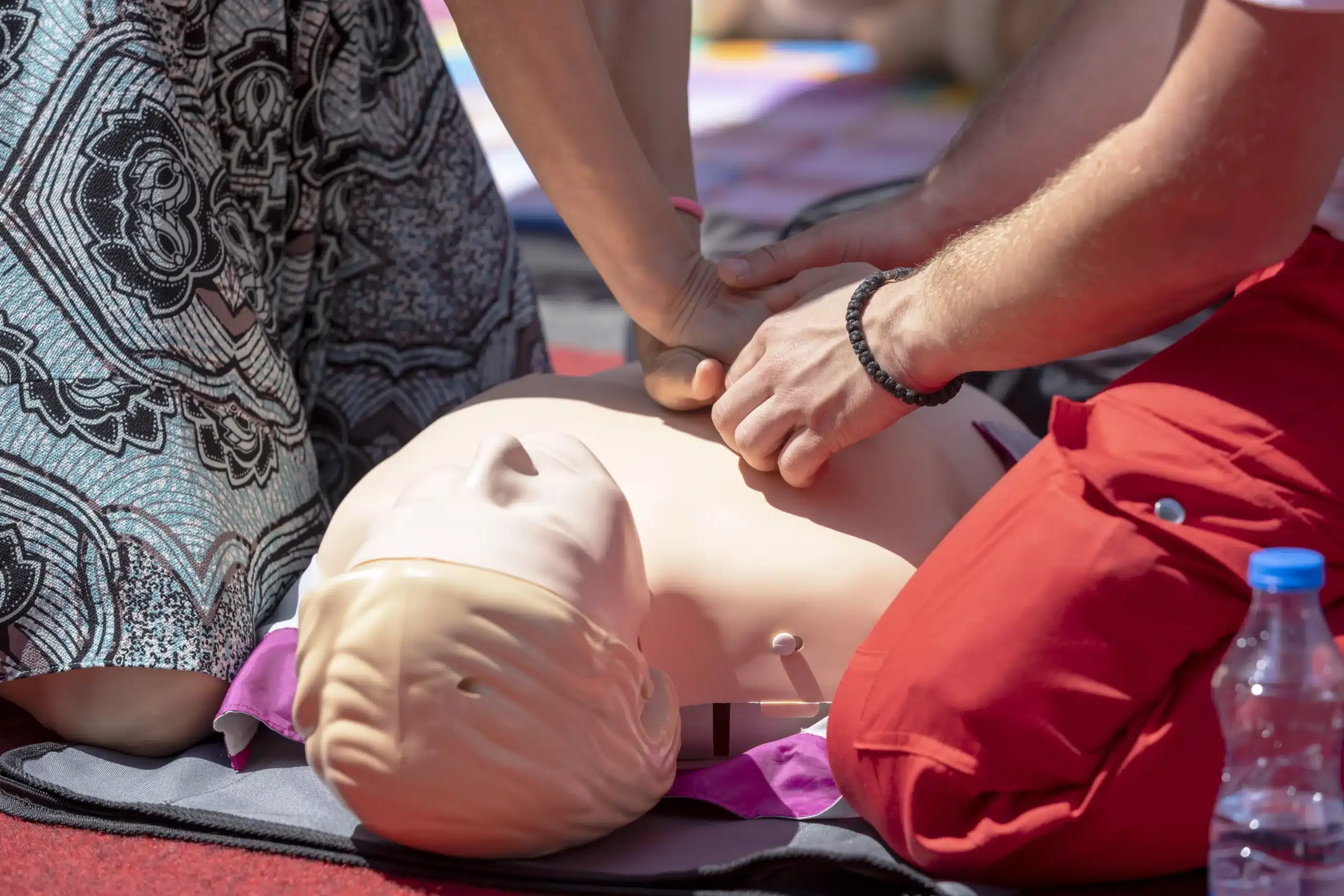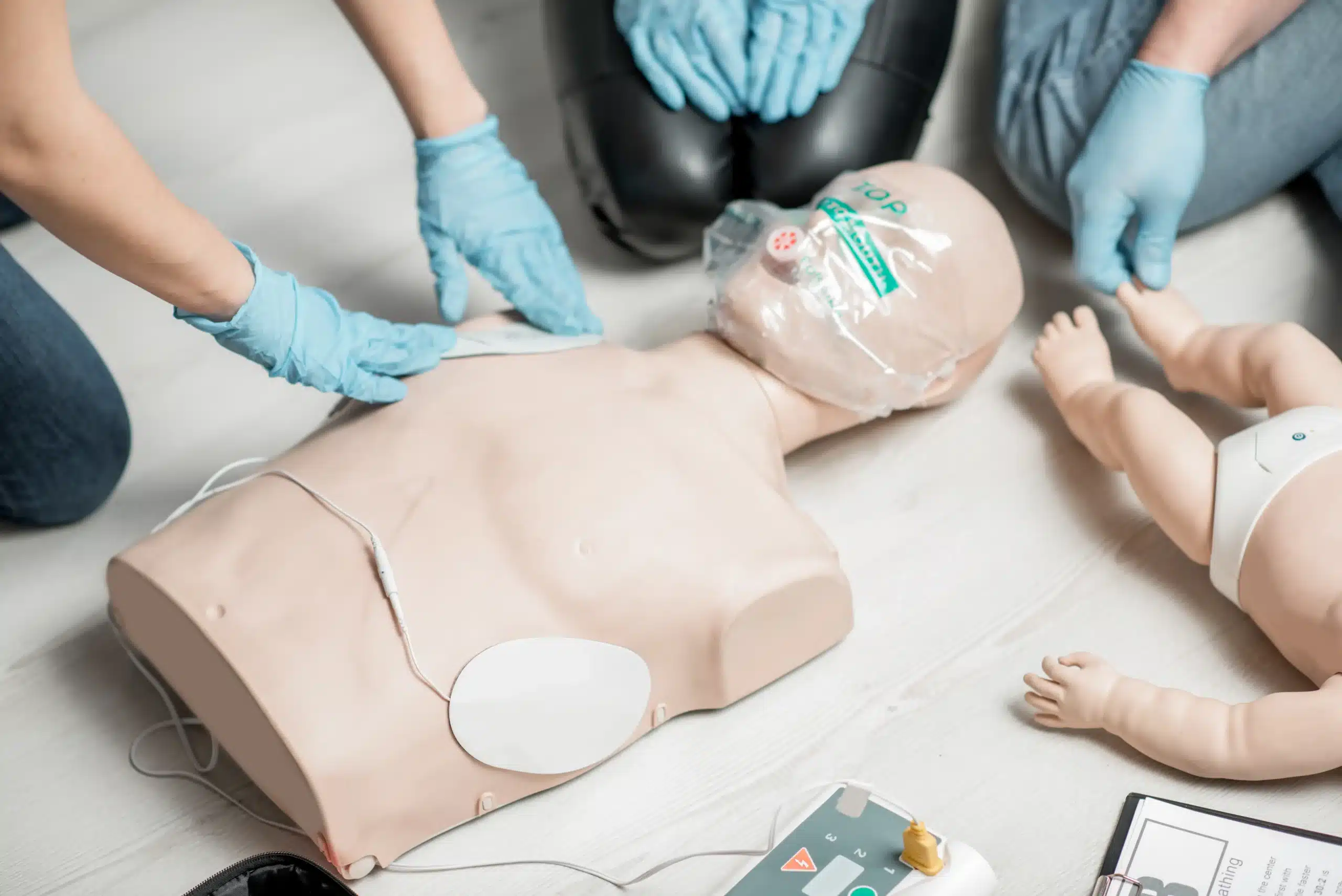Are you ready to become a life-saver? BLS certification equips you with the skills to respond confidently during medical emergencies. This guide will help you find the perfect “BLS classes near me” and understand everything involved in becoming BLS certified. We’ll explore the importance of BLS, the essential skills you’ll learn, and the different types of classes available. We’ll also discuss how to choose a reputable training provider, what to expect during a BLS course, and the certification and renewal process. Plus, we’ll cover the costs associated with BLS training and the long-term benefits of becoming certified. Whether you’re a healthcare professional or simply want to be prepared for any situation, this guide is your starting point.
Key Takeaways
- BLS is for everyone: From healthcare providers to everyday people, BLS training empowers you to confidently handle emergencies. Explore different course formats to find what suits you best.
- Quality training matters: Look for AHA-accredited providers with experienced instructors and positive reviews. Check for discounts to make the training even more accessible.
- Be prepared to learn: Review any pre-course materials, dress comfortably, and engage actively during your BLS class. Your commitment to learning could one day save a life.
What is BLS?
Definition and Importance
BLS, or Basic Life Support, is a critical training program for anyone in healthcare, or anyone who might need to respond to a medical emergency. It gives you the knowledge and skills to effectively follow emergency algorithms, leading to the best possible outcome for the patient. Think of it as the foundation for providing high-quality medical care in urgent situations. During emergencies, seconds count. BLS-trained healthcare professionals can intervene immediately, directly impacting patient survival rates. This fast action can often make the difference between life and death. If you’re considering a career in healthcare, BLS certification is often a requirement and demonstrates your commitment to patient safety. Even outside of a professional setting, having these skills can make you an invaluable resource in your community. You can find more information on the benefits of BLS training here.
Skills You’ll Learn
In a BLS course, you’ll learn practical, life-saving skills like high-quality CPR, how to use an AED (automated external defibrillator), and how to relieve choking in adults, children, and infants. These skills are relevant in almost any work environment, from hospitals and clinics to schools and offices. BLS training also emphasizes teamwork and communication, essential for effective emergency response. You’ll learn how to work efficiently with others, clearly communicate vital information, and maintain a calm demeanor under pressure. These skills are valuable not only in medical emergencies but also in other high-stress situations. At Safety Training Seminars, our BLS certification courses cover all these essential skills, giving you the confidence to respond effectively in any emergency.
Types of BLS Classes
Choosing the right BLS class format depends on your learning style, schedule, and preferences. Here’s a breakdown of the three main types: online, blended learning, and in-person.
Online BLS Classes
Online BLS training offers a flexible way to earn your BLS certification. You work through the material at your own pace, making it ideal if you have a busy schedule or prefer self-directed learning. Many online courses, like those from ACLS.com, incorporate interactive elements and simulations to keep you engaged. Keep in mind that online-only courses typically require a separate in-person skills assessment before you receive your official certification.
Blended Learning
Blended learning combines online learning with hands-on training. You’ll complete the theoretical coursework online, then attend an in-person session to practice and demonstrate your skills. This approach offers a good balance for those who appreciate the flexibility of online learning but also value practicing skills in a real-world setting. This format often improves learning retention and skill application.
In-Person BLS Training
Traditional in-person BLS training provides a structured learning environment with direct interaction with an instructor. You’ll learn alongside other students, practice skills in real-time, and receive immediate feedback. This format is especially beneficial for those who prefer hands-on learning and thrive in a classroom setting. In-person training also allows for more dynamic interaction and the opportunity to ask questions and clarify concepts as they arise. The skills you gain from BLS training are valuable in nearly any work environment, making it a worthwhile investment in your professional development. If you learn best through direct instruction and hands-on practice, in-person training might be the best choice.
Find BLS Classes Near You
Finding the right BLS class is easier than you think. Here are a few ways to locate training near you:
Online Search Tools
Online search tools are invaluable for finding BLS classes in your area. A quick search for “BLS classes near me” will generate a list of potential training centers and courses. Many websites provide comprehensive listings, allowing you to filter by location, date, and certification level. These platforms often include reviews and ratings from past participants, which can be incredibly helpful as you’re making your decision.
Local Healthcare Facilities and Community Organizations
Local healthcare facilities and community organizations frequently offer BLS training sessions. Check with hospitals, clinics, and community centers in your area. These classes are often taught by experienced professionals and can provide a more hands-on learning experience. Additionally, many hospitals and clinics may offer courses at reduced rates, or even for free, to their staff and the community.
AHA Course Locator
The American Heart Association (AHA) website offers a convenient course locator to find accredited BLS courses near you. Using the AHA Course Locator ensures you receive high-quality training that meets the AHA’s rigorous standards. The AHA’s BLS Course is designed for healthcare professionals and other personnel who need to know how to perform CPR and other basic cardiovascular life support skills in a variety of settings.
Choose a Reputable BLS Provider
Finding the right BLS class is about more than just convenience; it’s about quality instruction and recognized certification. Here’s what to consider when making your decision:
Accreditation and Certification
First, confirm the course is accredited and certified by a recognized organization like the American Heart Association (AHA). AHA BLS certification is often a requirement for healthcare jobs, so verify the course description explicitly states AHA approval. This accreditation validates the training’s quality and ensures your certification is widely accepted. If you’re unsure, contact the provider directly—a reputable provider will be happy to answer your questions.
Instructor Qualifications
The instructor’s expertise directly affects your learning. Look for instructors with real-world experience in healthcare or emergency response. Experienced, certified instructors provide practical insights and create a more engaging learning environment. Check the provider’s website or course materials for information on instructor credentials.
Reviews and Testimonials
Before registering, read reviews and testimonials from past students. Online reviews that discuss BLS certification and hands-on training offer valuable perspectives on the course and instructor quality. Positive feedback typically indicates a reputable provider. Look for comments about the instructor’s teaching style, the course content, and the overall learning experience. A provider’s low price guarantee combined with positive reviews can give you extra confidence in your choice.
What to Expect in a BLS Class
So, you’ve decided to take a BLS class—fantastic! Knowing what to expect can help you feel prepared and ready to learn. This section covers the typical format of a BLS course, including different learning options, hands-on practice, and the materials you’ll receive.
Course Structure and Duration
BLS training comes in three main formats: online, blended learning (a mix of online and in-person), and traditional in-person classes. Online courses offer flexibility for busy schedules, allowing you to learn at your own pace. Blended learning combines online modules with hands-on practice. In-person classes provide a structured environment with direct interaction with an instructor and other students. Regardless of the format, BLS certification is typically valid for two years. Check out our BLS course options to see which format best suits your needs.
Hands-on Practice
Hands-on practice is a core component of most BLS courses, especially blended and in-person options. You’ll learn essential skills like CPR, using an AED, and relieving choking. Practicing these skills on mannequins in a simulated environment helps build muscle memory and confidence. Many courses also incorporate teamwork and critical thinking scenarios to prepare you for real-life emergencies. This practical application is key for responding effectively under pressure.
Provided Materials
Most BLS classes provide materials to support your learning and help you retain the information. Expect access to online resources, study guides, and sometimes physical materials like textbooks or DVDs. These resources often include refreshers to help you maintain your skills throughout your two-year certification. Having access to these supplementary materials can significantly enhance your learning experience.
Get BLS Certified
Requirements and Prerequisites
Thinking about getting BLS certified? The great thing about BLS training is that it’s open to anyone committed to learning these essential life-saving skills. While many healthcare professionals take BLS training, it’s not only for them. The American Heart Association BLS course is designed for a wide range of people who might need to perform CPR in various settings, both in and out of medical facilities. So, whether you’re a healthcare provider, a student, or someone who wants to be prepared for emergencies, you’re welcome to enroll.
Skills Assessment and Exam
The BLS certification process involves a written exam and a practical skills test. You’ll need to show that you understand the concepts and can perform the skills correctly. While some course content may be available online, the American Heart Association requires an in-person skills assessment. This hands-on component is crucial for building confidence and ensuring you’re truly prepared to respond in a real emergency.
Certification Renewal
BLS certifications are typically valid for two years. To stay current and maintain your skills, you’ll need to take a recertification course before your certification expires. This refresher ensures you’re always ready to provide assistance when needed. Keeping your certification up to date demonstrates your commitment to maintaining a high standard of care and being prepared to help in critical situations.
Cost of BLS Classes
When considering BLS certification, the cost is naturally a factor. Understanding average prices, potential discounts, and the long-term value can help you make an informed decision.
Average Prices
BLS certification classes typically cost around $75. This price generally covers the course materials, instruction, and the certification exam. While prices may vary slightly depending on the training center and location, this represents a common investment in your lifesaving skills. Safety Training Seminars is committed to offering competitive prices and a low price guarantee to ensure you receive excellent value.
Discounts and Financial Assistance
Many organizations understand the importance of accessible training. They offer various ways to reduce the financial burden. Check for group discounts if you’re registering with colleagues or friends. Some providers also offer discounts for students, military personnel, or first responders. It’s always a good idea to ask about potential cost savings when you register.
Benefits of Certification
While there’s an upfront cost for BLS certification, the benefits it provides are significant. For healthcare professionals, BLS certification is often a job requirement and demonstrates a commitment to patient safety. This training can significantly enhance career prospects. Beyond career advancement, BLS training equips you with the confidence and skills to respond effectively in emergencies. This preparedness can make a profound difference in life-or-death situations. The value of potentially saving a life far outweighs the initial course investment.
Benefits of BLS Training
BLS training offers a range of advantages, from boosting your confidence in emergencies to opening up career opportunities. It’s a valuable skill set for healthcare professionals and anyone who wants to be prepared to help in a crisis.
Confidence in Emergencies
Emergencies are stressful by nature. Knowing you can effectively respond reduces anxiety and allows you to act quickly and decisively. BLS training provides the knowledge and hands-on practice you need to stay calm and take charge when every second counts. This confidence can make a real difference in the outcome of a critical situation.
Enhanced Life-Saving Skills
BLS equips you with practical skills to provide immediate care during cardiac arrest, respiratory distress, and other life-threatening events. You’ll learn how to perform CPR, use an AED, and relieve choking. These skills can be applied in various settings, from hospitals to workplaces and even at home. Learning BLS can empower you to make a significant impact when it matters most. For more information on our BLS Certification, check out our BLS course page.
Teamwork and Communication
Effective teamwork and clear communication are essential in emergency situations. BLS training emphasizes these skills, teaching you how to work collaboratively with others under pressure. You’ll learn how to coordinate tasks, share critical information, and provide support to team members. These skills are invaluable in any healthcare setting and can improve patient outcomes. Consider our discount group classes to train with your colleagues.
Career Advancement
For healthcare professionals, BLS certification is often a prerequisite for employment and a foundation for advanced certifications like ACLS (Advanced Cardiovascular Life Support) and PALS (Pediatric Advanced Life Support). Holding a BLS certification demonstrates your commitment to patient care and can enhance your career prospects. It can open doors to new roles, specializations, and leadership opportunities. We offer a low price guarantee on all our courses, making it easier for you to invest in your professional development. Learn more about our ACLS and PALS courses.
BLS Class Providers in Modesto, CA
Finding the right BLS class is easier than you think. Several excellent providers offer training in and around Modesto, CA. Here’s a quick rundown to help you find the perfect fit:
Safety Training Seminars
Safety Training Seminars is a woman-owned American Heart Association Training Center offering various courses, including BLS, ACLS, PALS, CPR, and First Aid. They’re known for their commitment to keeping prices low and providing convenient schedules, with classes offered every day of the week. Serving Modesto, Turlock, and Manteca, they make it easy to find a time that works for you. For more details, visit their BLS course page.
American Red Cross
The American Red Cross is a nationally recognized organization offering BLS certification courses throughout the country. They provide comprehensive training, usually including hands-on practice and instruction on the latest emergency response guidelines. You can find a Red Cross class on their website.
Local Hospitals and Medical Centers
Hospitals and medical centers in Modesto, such as Doctors Medical Center and Memorial Medical Center, often provide BLS training for their staff and sometimes offer courses to the public. These institutions understand the importance of BLS and ensure healthcare professionals and community members are prepared for cardiac emergencies. Check the websites of hospitals near you or give them a call to see what courses they offer.
Community Colleges and Universities
Community colleges and universities in the Modesto area, like Modesto Junior College, may also offer BLS certification courses, often as part of their health sciences programs. These courses can be a great option for students and community members looking to develop essential life-saving skills. Visit the websites of local colleges or contact their continuing education departments for more information.
Prepare for Your BLS Class
Getting ready for your BLS class involves a little prep work—both mentally and physically. Knowing what to expect and how to prepare can make a big difference in how much you get out of the course.
Study Materials and Practice
BLS builds on a basic understanding of the body and teaches specific interventions for life-threatening situations. A good BLS course will provide materials beforehand, so familiarize yourself with them. This foundational knowledge is crucial for responding effectively in emergencies, as highlighted by Kapok Aging and Caregiver. Many courses also introduce algorithms for different emergency scenarios. Getting acquainted with these algorithms ahead of time, as discussed on ACLS.com, can boost your confidence during the class.
What to Bring
Your BLS class will be a mix of learning and hands-on practice. Comfortable clothing is a must. You’ll be moving around and practicing techniques on mannequins. Bring a notebook and pen to jot down key takeaways and any questions. Since the skills you gain are applicable to various work environments, as noted by The Bookshelf, having a dedicated space for notes can help you apply what you’ve learned. A water bottle is also a good idea, especially for longer sessions.
Tips for Success
Active participation is key to getting the most out of your BLS training. Ask questions, engage in discussions, and don’t hesitate to clarify anything you’re unsure about. ACLS-BLS Louisville points out how BLS training builds confidence—and active participation reinforces this. If you have a packed schedule, explore online or blended learning options. Advanced Medical Certification discusses the flexibility of online BLS certification, which can be a convenient way to fit the training into your life. Most importantly, come ready to learn and practice these life-saving skills.
Related Articles
- BLS Training Near Me: Your Comprehensive Guide – Modesto CPR Classes
- BLS Certification in Manteca: Your Complete Guide – Modesto CPR Classes
- BLS Courses in Modesto: Your Complete Guide – Modesto CPR Classes
- BLS Certification in Modesto: Your Complete Guide – Modesto CPR Classes
- BLS Classes in Turlock: Your Complete Guide – Modesto CPR Classes
Frequently Asked Questions
What does BLS certification cover? BLS certification teaches you the essential skills to respond to life-threatening emergencies like cardiac arrest and choking. You’ll learn high-quality CPR, how to use an AED, and basic airway management techniques for adults, children, and infants. The course also covers teamwork and communication skills, vital for effective emergency response.
How long does BLS certification last, and how do I renew it? BLS certification is typically valid for two years. To renew, you’ll need to take a recertification course before your current certification expires. This refresher course ensures your skills and knowledge are up-to-date.
What’s the difference between online, blended, and in-person BLS classes? Online classes offer complete flexibility, letting you learn at your own pace. Blended learning combines online coursework with an in-person skills session. In-person classes provide a structured learning environment with direct interaction with an instructor and other students. All options typically lead to the same certification, but the learning experience differs.
How much do BLS classes cost, and are there any discounts available? BLS classes generally cost around $75, though prices can vary. Many training centers offer discounts for groups, students, military personnel, or first responders. It’s always worth asking about potential discounts when you register.
Where can I find BLS classes near me? You can find BLS classes through online searches, by checking with local hospitals and community organizations, or by using the American Heart Association’s online course locator. Safety Training Seminars also offers BLS courses in Modesto, Turlock, and Manteca, CA.

